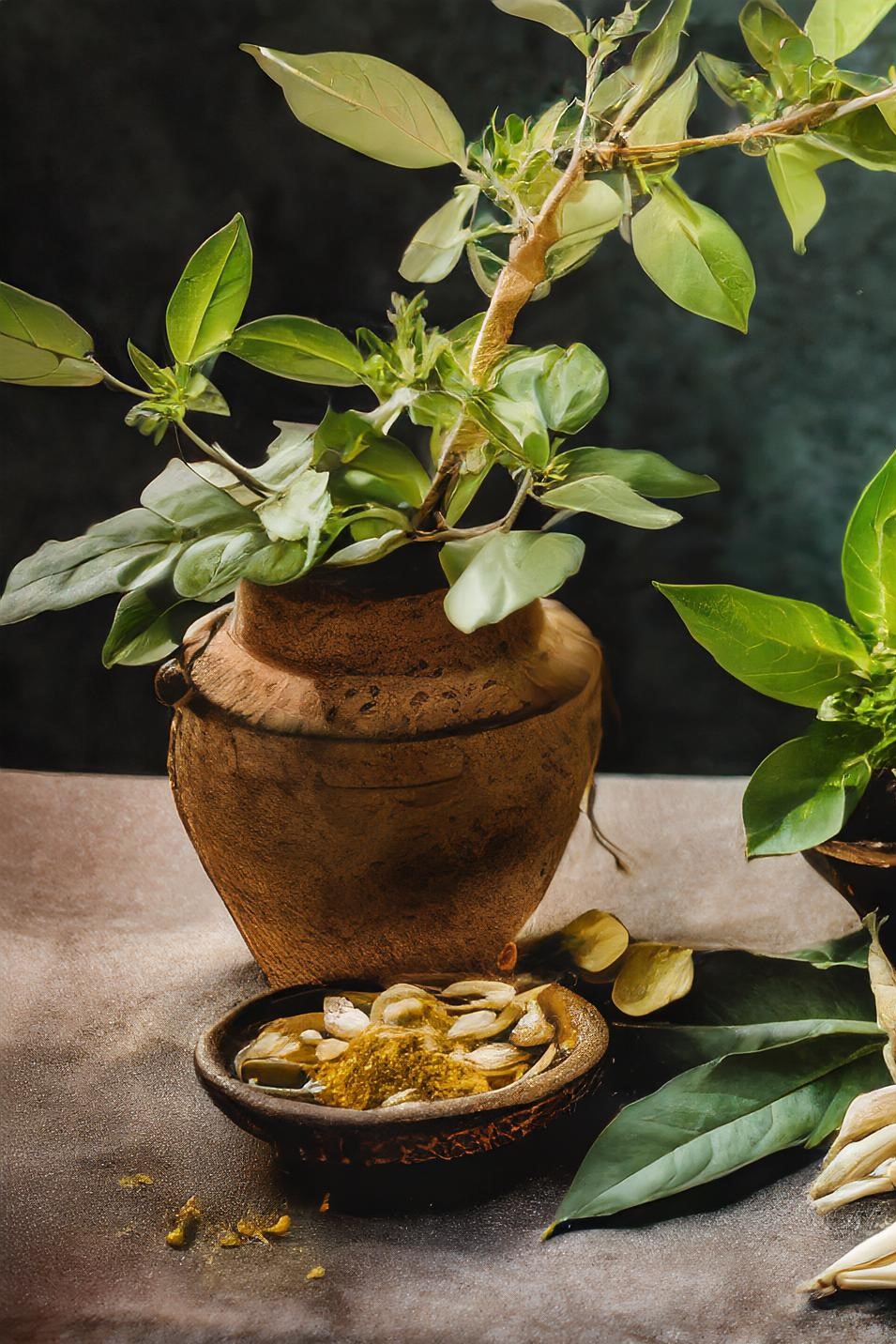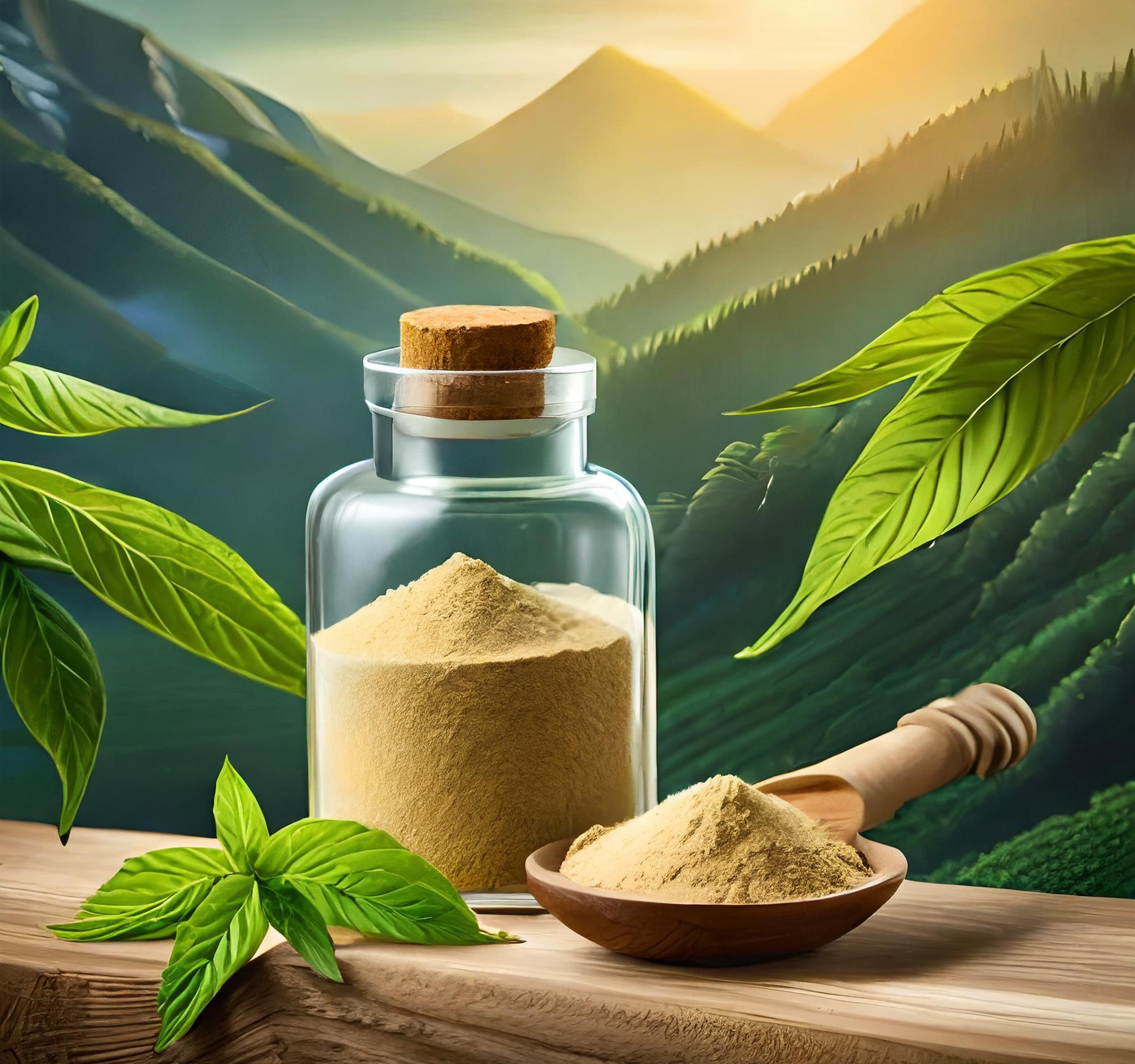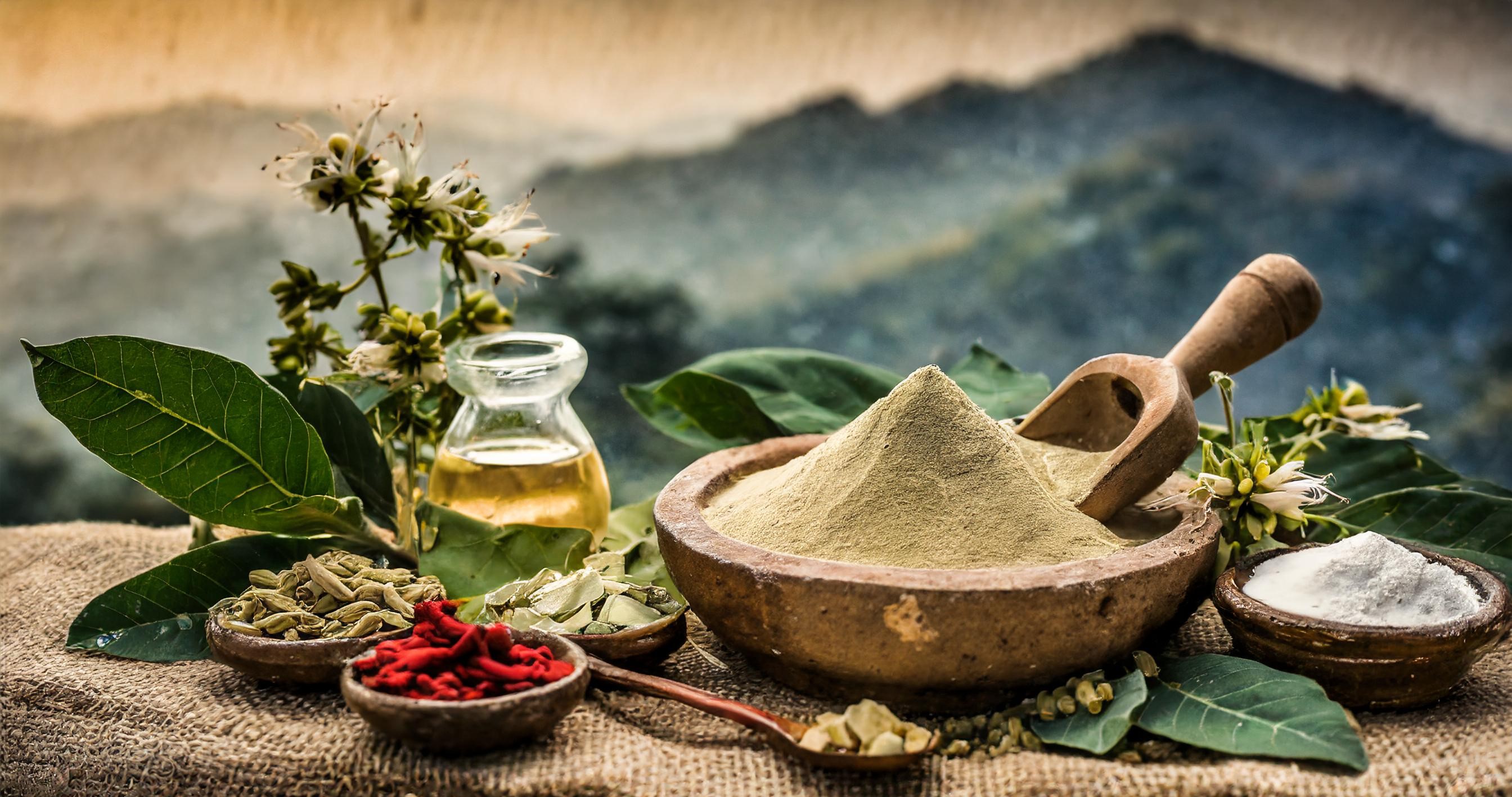Otherwise called Withania somnifera, is a well-known spice in conventional Indian Ayurveda medication.
Information about Ashwagandha:
 Name: Withania somnifera
Name: Withania somnifera
Family: Solanaceae Ashwagandha,
Indian Ginseng and Winter Cherry are some of its more well-known names.
Natural surroundings: Local to India, the Center East, and portions of Africa.
Uses in the past: Delegated an adaptogen, that implies it assists the body with adapting to pressure and balances physical processes
Energy and Essentialness: Customarily used to improve energy, imperativeness, and perseverance.
Insight: Accepted to help mental capability, memory, and focus.
Regenerative Wellbeing: Used to help male and female conceptive wellbeing and fruitfulness.
Mitigating: Known for its calming properties, it might assist with decreasing irritation in the body.
Insusceptible Help: Supporting the safe framework and generally speaking wellness is accepted.
Dynamic Constituents: Withanolides, Bioactive mixtures answerable for the vast majority of their restorative properties.
Alkaloids: Including somniferine and somnine. Steroidal Glucosides, like withaferins and withanolides.
Stress Decrease: A few investigations propose that ashwagandha can lessen cortisol levels, which is the chemical that prompts pressure decrease.
Anxiety and Depression: Some studies suggest that it might help with anxiety and depression symptoms.
Mental Capability: Studies recommend that ashwagandha may make neuroprotective impacts and may work on mental capability.
Calming Impacts: Exploration demonstrates diminishing aggravation markers in the body potential.
Insusceptible Help: A few investigations recommend that it might improve invulnerable capability, albeit more examination is required.
Hostile to disease Properties: Fundamental examinations propose that it might have malignant growth properties, however more exploration is required around here.
Types of Ashwagandha Utilization:
 Powder: Frequently blended in with water, milk, or smoothies.
Powder: Frequently blended in with water, milk, or smoothies.
Cases: available at comfortable, balanced dosages
Tea: Ready by drenching the dried-out establishes in hot, steaming water.
Measurements:
300 to 600 mg are normally taken on more than one occasion every day. It is reasonable regardless of a more humble total and continuously considering how each individual's check could contrast.
When consumed at suggested dosages, it is viewed as safe for most people. Notwithstanding, pregnant or breastfeeding ladies ought to stay away from it. Individuals with immune system infections ought to utilize alert because of its expected invulnerable invigorating impacts. Before using it, it is essential to consult a clinical benefits provider, especially if you are taking medication or have an infection. It could help unambiguous prescriptions, so it's fundamental to facilitate a clinical advantages supplier before use, particularly if taking drugs or having any sicknesses. Ashwagandha is a versatile flavor that has been used in standard medication for a critical period and is consistently being kept up with by present-day research for its two or three healing advantages, Nonetheless, more assessments ought to completely see the worth in its bits of action and expected applications.
Utilizing any enhancement capably and under the management of medical care proficiently is pivotal.
Withanolides:
Considered the essential dynamic constituents answerable for the majority of its restorative properties. These are steroid lactones tracked down fundamentally in the roots and leaves of the plant.
Alkaloids:
Including somniferine, somnine, somniferinine, and others. Alkaloids are nitrogen-containing intensifies that frequently physiologically affect people. Steroidal Lactones, For example, withaferin A, withanolide A, withanolide D, and so on. These mixtures have been read up for their calming, hostile to disease, and neuroprotective properties.
Phytosterols:
Plant-based compounds primarily like cholesterol, which might add to the spice's adaptogenic and cholesterol-bringing impacts.
Saponins:
These incorporate acyl sterol glucosides and sitoindosides, which are known to have adaptogenic and safe adjusting impacts. Due to their capacity to lessen oxidative stress and irritation, the flavonoids kaempferol and quercetin are excellent cancer preventatives.
Tannins:
Polyphenolic compounds with cancer-prevention agent properties that might add to the general medical advantages
Glycosides:
A sugar particle and another useful gathering make natural mixtures. These may moreover add to the flavor's supportive properties. These blends join to convey different accommodating outcomes, for instance, those that are adaptogenic, quieting, impenetrable to constrain, and safe making due. The particular piece can change contingent upon elements like developing circumstances, collecting strategies, and plant parts utilized (roots, leaves, or berries).
Food Medication Cooperation:
Ayurvedic medicine usually suggests high-protein foods including milk. Conversely, meals heavy in protein, such as milk, may hinder the absorption of certain nutrients or drugs. If you are using medicines or supplements with specific guidelines for food communication, you should consult with your medical services provider. Some people may experience a sedative effect from caffeine. Consolidating it with caffeine-containing food varieties or refreshments like espresso or caffeinated beverages might check its soothing impacts.
Narcotics:
Makes a soothing difference, thusly utilizing it alongside other narcotic medications (such as barbiturates, benzodiazepines, or a few antipsychotics) may strengthen these impacts and cause extreme lethargy or dazedness.
Thyroid Prescriptions:
 There's proof to propose that it could increment thyroid chemical levels. Accepting for the time being that you're consuming thyroid medications, going along with them could really change thyroid substance levels and may require a difference in medication estimation.
There's proof to propose that it could increment thyroid chemical levels. Accepting for the time being that you're consuming thyroid medications, going along with them could really change thyroid substance levels and may require a difference in medication estimation.
Immunosuppressant:
May have resistant tweaking impacts. In the event that you're taking immunosuppressant prescriptions, (for example, corticosteroids or medications utilized after organ transfers), consolidating them might actually disrupt the medicine's viability. Ashwagandha might diminish glucose levels. Assuming you take diabetes or other glucose bringing down drugs, joining them might build the impact, bringing about hypoglycemia (low glucose).
Drugs for circulatory strain:
There is evidence to suggest that these medications may lower heart rate. Acknowledging the fact that you take medicine for hypertension and combining those prescriptions may actually exacerbate this effect and cause hypotension, or low blood pressure.
Dose:
The typical doses are somewhere in the range of 300 and 600 mg, taken more than once per day. Beginning with a more modest sum and progressively expanding it is proper in light of the fact that every individual's obstruction might be unique.
Precautions:
Prior to adding an enhancement to your eating routine, see your primary care physician, particularly on the off chance that you are on any medications or have some other medical problems. Watch out for any indications of adverse consequences or relationships, and look for proficient help assuming you have any worries. Through anticipated joins and a discussion with a clinical benefits expert, you can securely incorporate them into your standard practice and lessen the gamble of unpretentious optional impacts.
